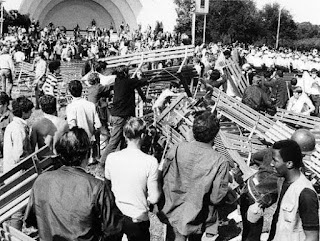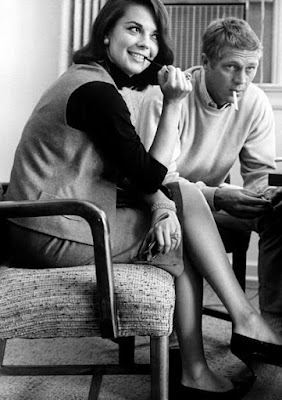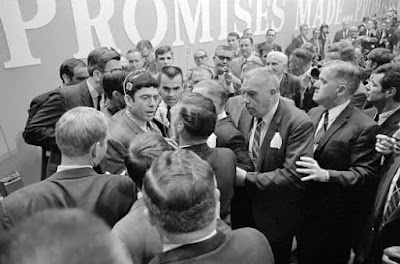“We stand today on the edge of a new frontier-the frontier of the 1960s, a frontier of unknown opportunities and perils-a frontier of unfulfilled hopes and threats.” ~ John Fitzgerald Kennedy

Johnny Maestro
Johnny Maestro, who started out singing on the New York subways and a few years later recorded one of the great teen love anthems, "Sixteen Candles," died late Wednesday night in Florida after a battle with cancer. He was 70.
A distinctive and highly respected vocalist both among his peers and fans of early rock ‘n' roll, Maestro spent his life in the music business, scoring hits as lead singer of the Crests in the 1950s and then the Brooklyn Bridge a decade later.
He continued performing live shows with the Brooklyn Bridge until he was diagnosed several months ago with an invasive cancer.
The Crests were best known for "Sixteen Candles," which peaked at No. 2 on the national charts and later lent its name to a John Hughes movie in which Hughes used a later Stray Cats version of the title song.
"Sixteen Candles" was originally written as "21 Candles," but the number was downsized on the theory that "16" would better reflect the rock 'n' roll demographic.
The Crests followed with a number of catchy uptempo hits, including "Trouble In Paradise," "The Angels Listened In" and "Step By Step" – though many R&B aficionados today favor their lesser-known early classic ballads like "Sweetest One" and "No One To Love."
Maestro, who was born Johnny Mastrangelo and grew up on Mulberry St., broke off in 1961 for a solo career that went nowhere. Then in 1968 he formed the Brooklyn Bridge, whose swelling instrumental and vocal sound scored a No. 3 hit in early 1969 with "The Worst That Could Happen."
The Bridge also had some lesser hits, including "Blessed Is the Rain" and "Welcome Me Love."
While Maestro had one of the strongest and most distinctive voices in early rock ‘n' roll, he was not a flamboyant personality and didn't seek the spotlight off-stage.
In many ways, he was the quintessential New York kid singer of the ‘50s. He began singing for fun on the streets and in subway stations, which had the perfect echo for harmony vocals.
He was unusual in that he often performed with black singers at a time when interracial groups were a relative rarity. In 1956 at the Henry Street Settlement, he met a black group from the Alfred E. Smith projects in Chinatown and became their lead singer.
Their members included second tenor Patricia Van Dross, who had a kid brother named Luther.
Bass J.T. Carter named them the Crests and they were singing on the Lexington Avenue IRT, coming out of the Brooklyn Bridge station, when a woman handed them a business card and told them to contact her husband.
He turned out to be Al Browne, a musician, music store and record label owner in Brooklyn. The group recorded "Sweetest One" and "No One To Love" for his low-tech Joyce label, which he ran out of the back room of his shop.
Browne didn't have much promotional power, but a year later songwriter Billy Dawn Smith steered the Crests to Coed Records, which did.
Coed's desire to break Maestro off as a solo artist eventually led to some tension with the other Crests, who included Carter, Talmadge Gough and Hector Torres. When Maestro left, the others kept the group name, though Maestro continued performing "Sixteen Candles" and other Crests songs in Brooklyn Bridge shows.
Maestro recorded occasionally in recent years and he was living in Cape Coral, Fla., at the time of his death.
John William Tuohy
Johnny Maestro
Subscribe to:
Comments (Atom)



















































